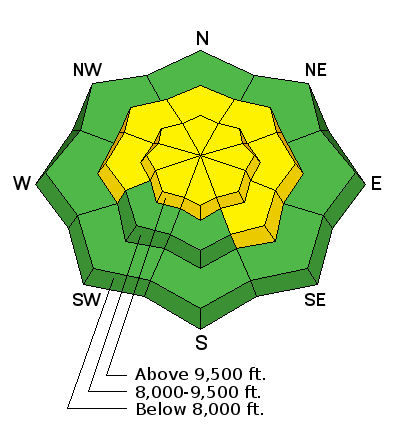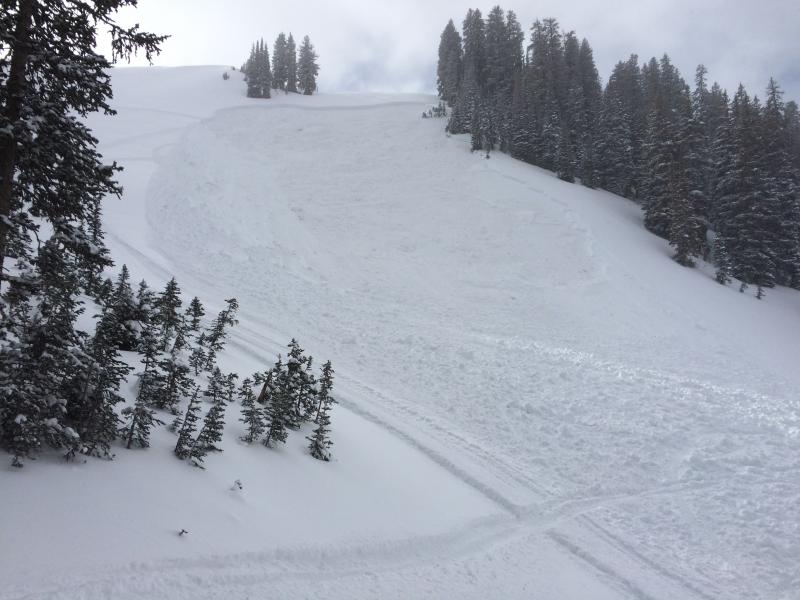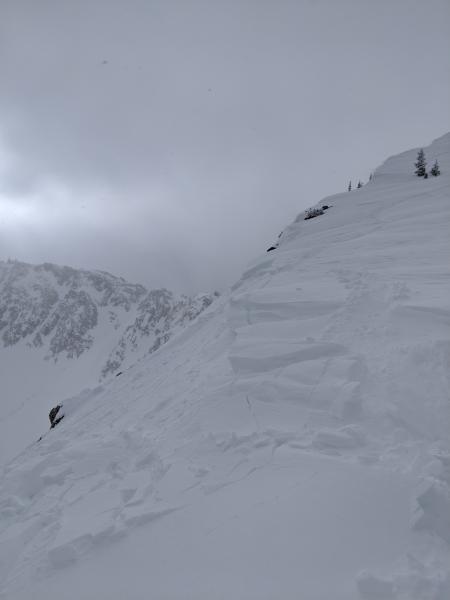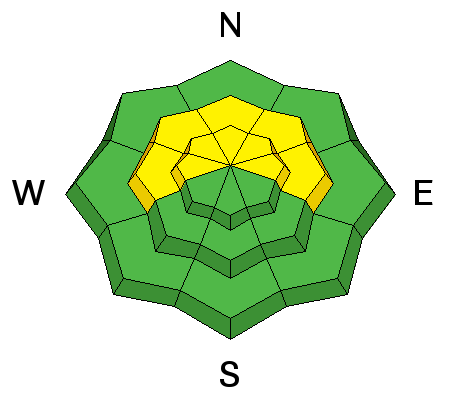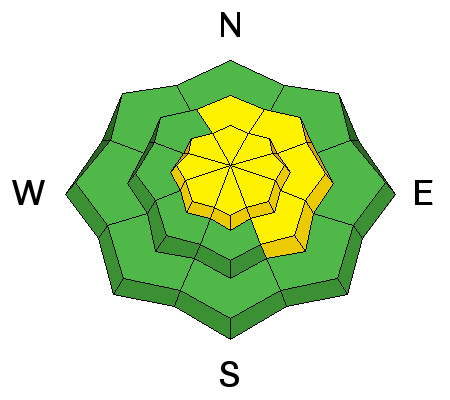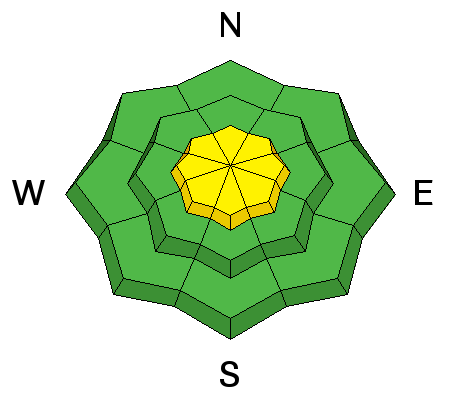Forecast for the Salt Lake Area Mountains

Monday morning, January 22, 2018
The Avalanche Danger is MODERATE on steep, mid and upper elevation slopes facing northerly through easterly. Human triggered avalanches are possible, and large, dangerous avalanches can be triggered in isolated places. Use a slope inclinometer and compass to identify and avoid the steep, north through easterly facing slopes, where it’s most likely to trigger an avalanche.
Today’s increasing southwesterly winds will also create a MODERATE danger for triggering wind drifts along ridge lines.
Low angle slopes of all aspects have superb turning and riding in classic Utah powder.
